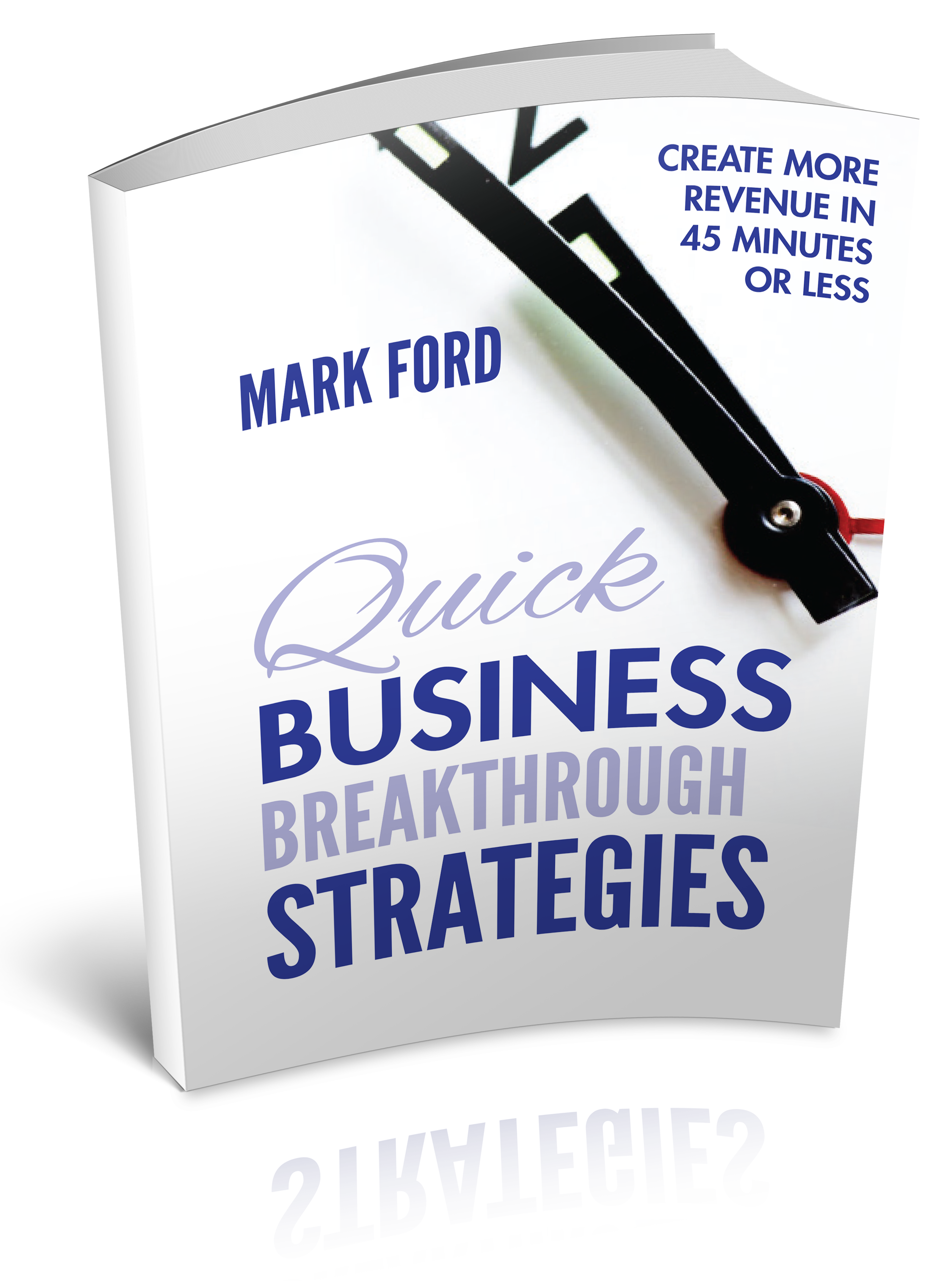Last time we talked about the first three areas to work through in maximizing your current resources:
- Recognize the obvious
- Unconventional breakthroughs
- Face the facts
Today we’ll cover the next three:
- Reveal your business’ soul
- From breaking even to breaking the bank
- Stand up and stand out
Reveal Your Business’ Soul
Every business has a “soul” and you likely felt it the strongest when your business was just starting. It’s that passion, newness and momentum you had at the very beginning. Sometimes that can get lost along the way as your business gets stagnant and set in its ways. You have to break out of that rut and get back to your business’ true soul.
The philosophy of putting your client’s needs above your own is the true key to success. You need to serve your clients not sell to them. They want to build a relationship based on trust, not a used car. Add to these responsibilities your ability to solve problems, handle special situations, be a friend to your clients and focus on offering valuable, high quality products/services. Only then will you get back to the basics and find you have more resources than you thought.
From Breaking Even to Breaking the Bank
One of the classic and most used ways to attract clients is to offer them a ridiculously low price on their initial purchase and lock them in for future purchases. You see this approach with movie or book clubs and even credit card companies who offer lower interest rates for the first six months.
Essentially, you are offering them a deal on their first purchase and then you offer them back-end and add-on products along the way. These are naturally higher prices and will bring them in to more of an intimate relationship with you and your company.
Stand Up and Stand Out
You need to stand out from the pack among your competitors. They only way you can do this through consistency and value. You do this by discovering what your USP (Unique Selling Proposition) is and perfecting it. Here are some tips to help you find and develop your USP:
- Look for unfilled needs in your industry.
- Use preemptive marketing.
- Use a technique that is clear and to the point.
This wraps up this post. If you need help with any of these areas and techniques, try our FREE test drive to access a wealth of resources and tools.



